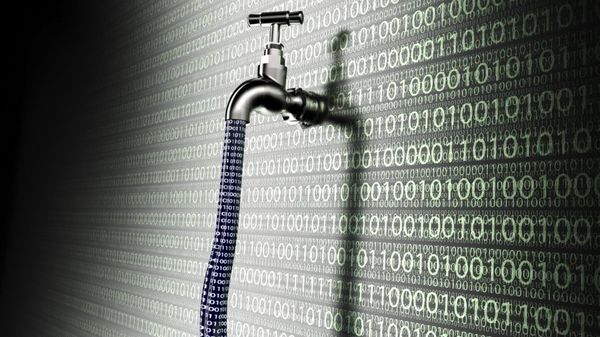
A $400m mine expansion earmarked for approval by the New South Wales government would become the dirtiest thermal coal project in Australia, a public hearing has heard.
Whitehaven Coal’s Narrabri underground expansion was incompatible with the state government’s 2030 climate targets and should be rejected, environment group Lock the Gate told the NSW Independent Planning Commission (IPC) on Monday.
The project will extend the mine’s life by 13 years to 2044 and increase the total coal mined from 170m to 280m tonnes.
Nic Clyde, of Lock the Gate, told commissioners that Whitehaven’s extension was to an underground area to the south that would release high levels of the potent greenhouse gas methane.
Clyde said the project would emit 1.36m tonnes of CO2-equivalent a year, making it the dirtiest thermal coalmine in Australia. Three other coalmines were dirtier, but they were mostly mining coal for use in steel making, he said.
Almost all of those direct emissions occur from the release of methane when the coal is mined. A further 456m tonnes of CO2 would be released after the coal is sold and then burned.
“This site is simply not a suitable location for a new coalmine expansion … it is not in the public interest, it’s not ecologically sustainable and it’s contrary to intergenerational equity,” said Clyde, who urged the commissioners to reject the project.
Anatoli Smirnov, a coalmine methane analyst for London-based climate thinktank Ember, which is working with Lock the Gate, said methane was about 86 times more potent than CO2 over the first 20 years of its release.
This very high near-term impact on the climate meant that reducing methane levels was crucial for meeting emissions reduction targets, he said.
Smirnov pointed to Europe, where the European Commission is proposing a ban on venting and flaring methane from coalmines.
When the NSW government backed the mine in a report in January, it said it would ask Whitehaven to prepare a plan to cut methane emissions and would set performance targets.
Earlier in the IPC hearing, officials from the NSW Department of Planning, Industry and Environment said they had recommended the project could be approved based on the department’s current policies.
But they acknowledged the state’s climate policies were “rapidly changing” and that the work of the NSW advisory council on underground mining should be expanded to better cover greenhouse gas emissions as the world looks to limit global temperature rise.
In the department’s report last month, senior officials stated NSW lacked clear and consistent policy to consider the impact of new developments on the climate crisis.
The report said the project’s “benefits significantly outweigh its residual costs, and that it is in the public interest and is approvable”. The project would add about 20 new construction jobs, extend the 520 jobs at the existing mine and add $259m in royalties to the government.
Clay Preshaw from the department told the hearing the project was a particularly gassy mine – a concern for fugitive emissions and it would require construction of extensive ventilation infrastructure, which would necessitate clearing of habitat.
He said the department had proposed establishing a mechanism to review the mine’s emissions regularly and that such an approach could allow for a “ratcheting down” of emissions in line with current state government policy.
Several local residents and environmentalists expressed concern about the project’s impact on water and subsidence. Others backed the project, saying it would ensure the region’s prosperity.
A second day of hearings is scheduled for Friday, with the government and Whitehaven Coal scheduled to address the commission.
A statement from Whitehaven Coal said the NSW government had “clearly outlined that it sees an ongoing role for coal production as part of the global energy transition”.
The company said it would “play our part” in cutting emissions and that the federal government’s plans related to net zero emissions “include a continuation of Australia’s coal and gas export industries to 2050 and beyond, recognising that net zero emissions does not mean zero emissions”.
The commission is expected to make a decision no later than 20 May.
Analysis from the Australian Conservation Foundation found NSW authorities have approved 23 new coal and gas projects with the potential to release 3bn tonnes of greenhouse gases since the start of the Paris agreement five years ago.







